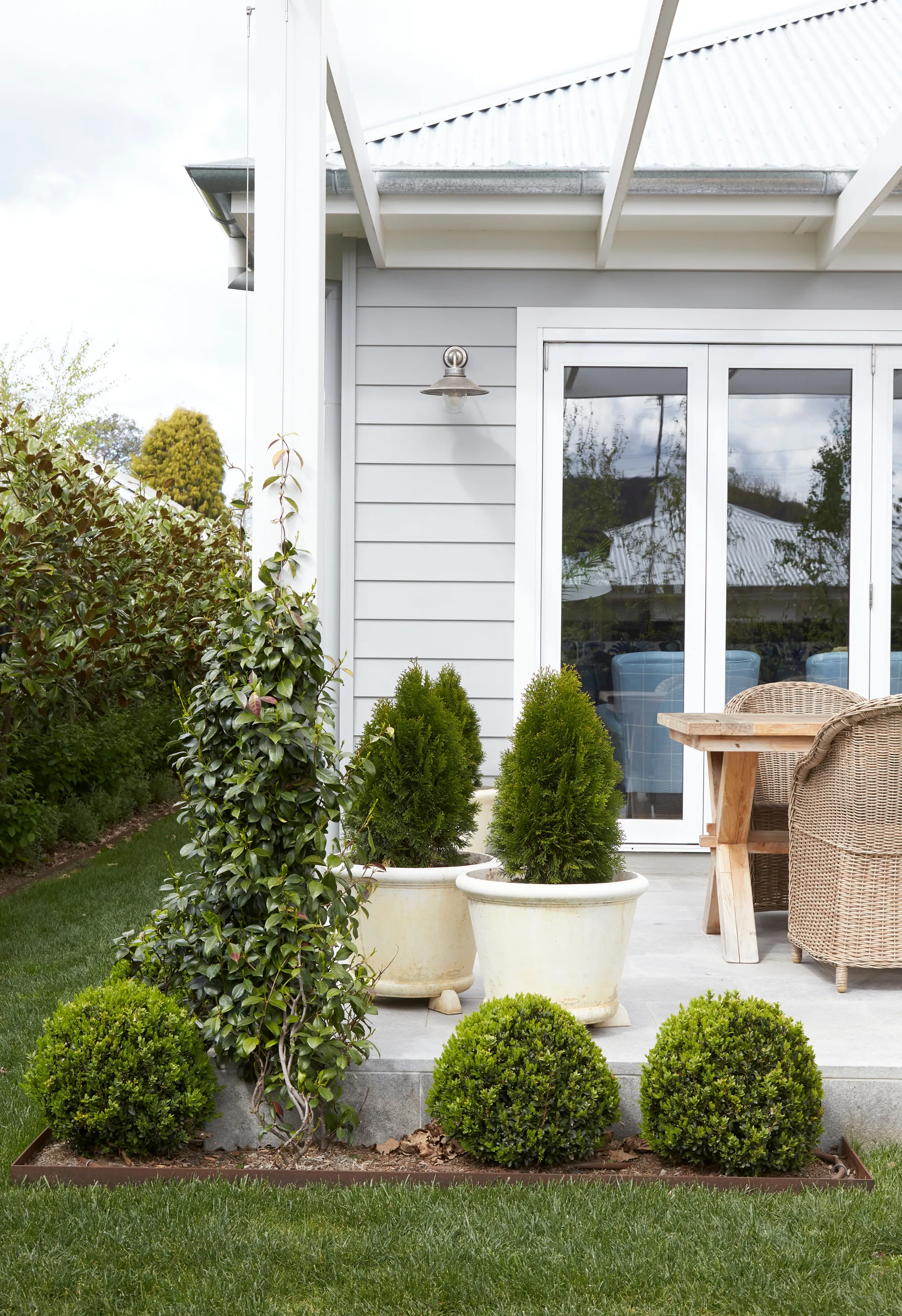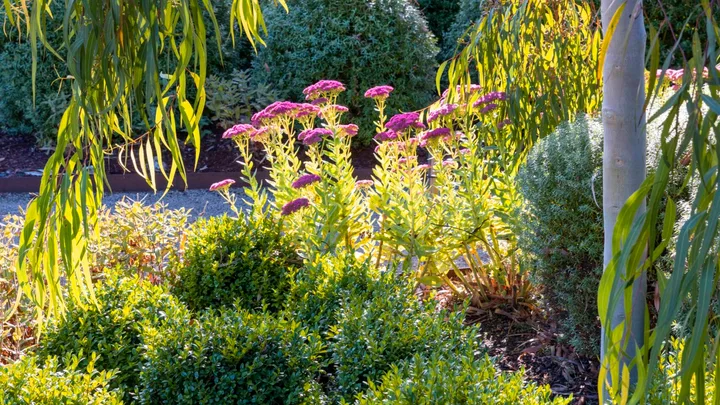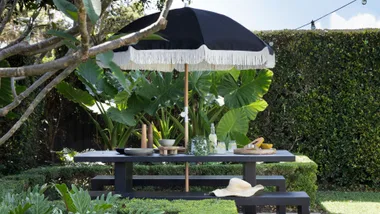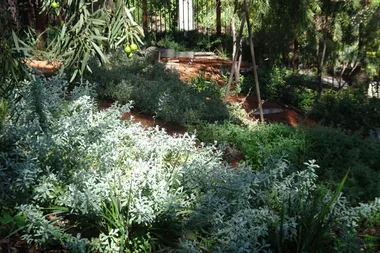At this time of year, things are really heating up. While the warmer temperatures might be uncomfortable for you, your backyard is also going to need a little extra TLC.
The Bureau of Meteorology has forecasted warmer than average temperatures, with senior meteorologist Sarah Scully saying Australians can expect dry and warm conditions with an increased risk of heatwaves and bushfire weather this spring and summer. “Daytime and night-time temperatures have an increased chance of being unusually warm for October to February. Warm nights after hot days means little relief from heat,” she says.
Not only do Aussies need to preserve their own health in the heat, they also need to protect their yards. Angie Thomas, Horticulture Consultant to Yates has revealed her top tips.
What to do if you’re going on holiday
If you’re travelling to visit family and friends this summer and want to return to a live garden, water your plants thoroughly and deeply before applying a three to five-centimetre layer of mulch to the top of pots and garden beds to help reduce moisture loss from the soil.
If a neighbour can water your plants for you, group your potted plants together to make it easier for them (you can put indoor pot plants together in the bath tub). Move tender plants to a shaded spot where they are protected from harsh sun and will benefit from any natural rainfall. Place saucers under vulnerable potted plants, like hydrangeas, to catch excess water for them to drink on hot and dry days.

No matter the size of your property, the elements for a Hamptons style garden can be incorporated to stunning effect. (Photographer: Sue Stubbs)
Prepare for dry conditions
With hot, dry conditions expected, spray plants and seedlings with a drought shield to help reduce water loss from leaves and increase your plant’s chances of survival.
An application of soil wetter around the root zone in garden beds and potted plants will help get water where it’s needed by breaking down the waxy water-repellent layer that can develop on soil surfaces.
You can also mix water storage crystals into the soil before planting. For existing plants, spoon a few pre-hydrated crystals into vertical holes poked down into the root area.
Beware bug and storm season
Lawn grubs can rapidly destroy an entire lawn – not what you want during the season of backyard cricket! Armyworm caterpillars can also ruin large patches of lawn in late summer by stripping grass foliage.
You can protect the lawn and control curl grubs and armyworm by treating with a lawn insecticide.
Thunderstorms are expected to be more severe and frequent in areas such as northern New South Wales, southern Queensland, inland Western Australia and across the tropical north this summer. Apply a lawn fertiliser towards the end of the wet season to replace the nutrients in your luscious lawn that were washed away by heavy rains.

This lawn of this lush botanical garden in Sydney is edged with a cypress hedge (Cupressus leylandii ‘Leighton Green’) and a low row of Japanese box. On the other side, pretty native violets (Viola hederacea) grow between sandstone steppers. The carpet-like lawn is Sir Grange Zoysia, a delicate fine-leafed grass that is soft underfoot. (Photographer: Nicholas Watt)
Keep your vegies alive in the heat
To keep your homegrown salad bowl fresh, if potted vegies start to get too hot and wilt, move them into a more shaded spot. Lettuce, rocket, parsley, mint, basil and silverbeet will all tolerate part shade with morning sun and afternoon shade being ideal.
In tropical zones, cherry tomatoes, watermelon, eggplant, lettuce, cucumber, Asian greens like Bok choy are great to sow now.
Combat fruit flies
Delicious and juicy fruit is perfect for a warmer summer so make sure you keep those pesky fruit flies at bay by using a bait. Look for one that is certified for use in organic gardening as it will be derived from naturally occurring soil bacteria. Apply it to the lower trunk, foliage or a piece of plywood. Don’t forget to remove any fallen fruit to help deter fruit fly infestations.
To promote sweet and juicy fruit this summer, mulch strawberries and other berries with sugar cane or pea straw to help keep roots cooler and reduce moisture loss from the soil.

Deter tiny pests
Garden pests like mites will be more of a common problem this summer thanks to higher temperatures. So too are caterpillars, aphids and whitefly.
Look out for mottled leaves and spidery webs created by mites, leaf holes left by caterpillars and yellowing plants from sap sucking aphids and whitefly. Carefully apply a spray to control the most common pests on roses, flowers, vegetables and citrus. Water plants well beforehand, then apply the spray in the cool of the early evening.
 Photography: Simon Griffiths
Photography: Simon Griffiths










